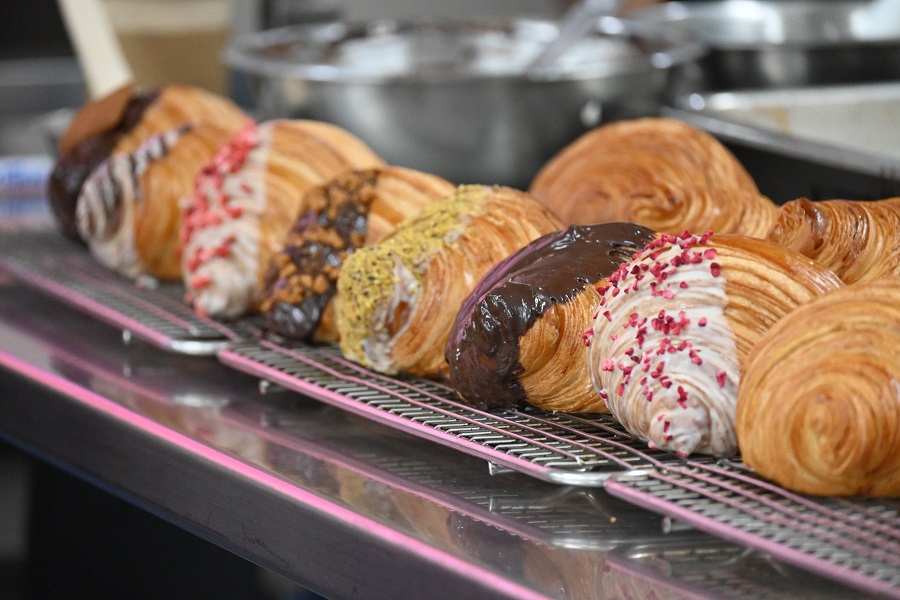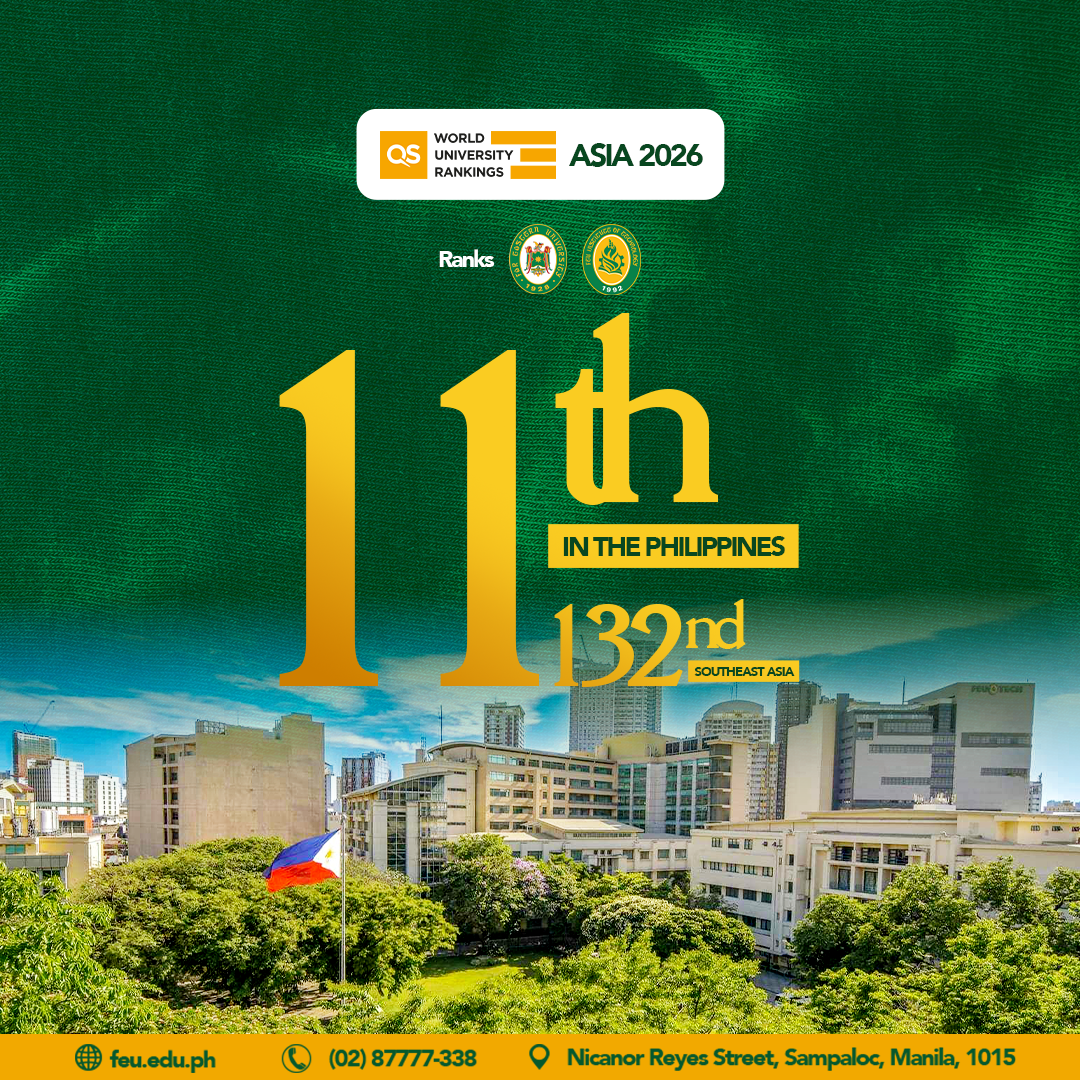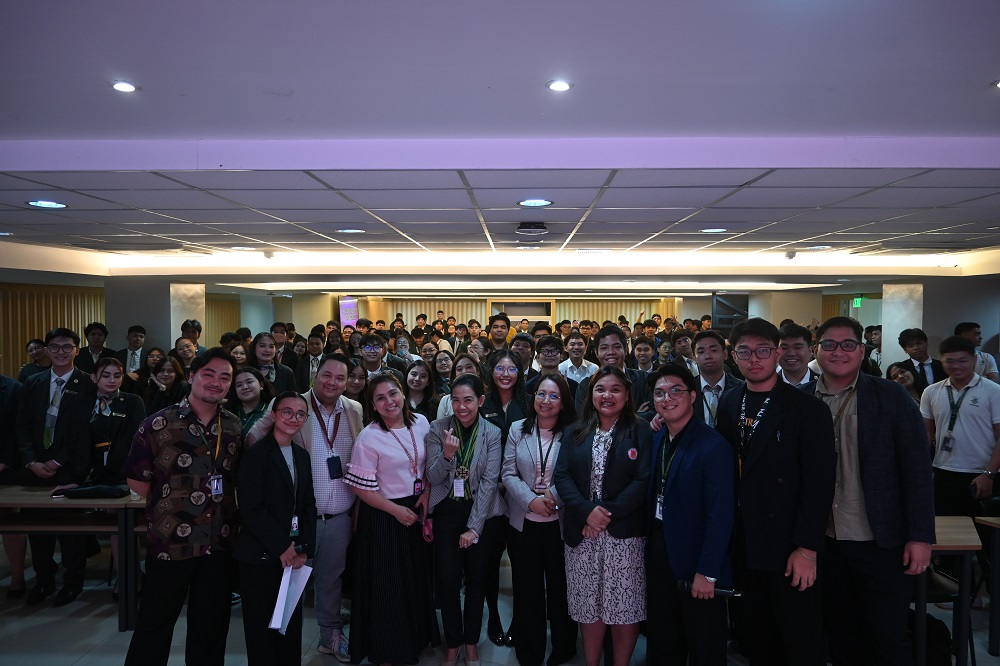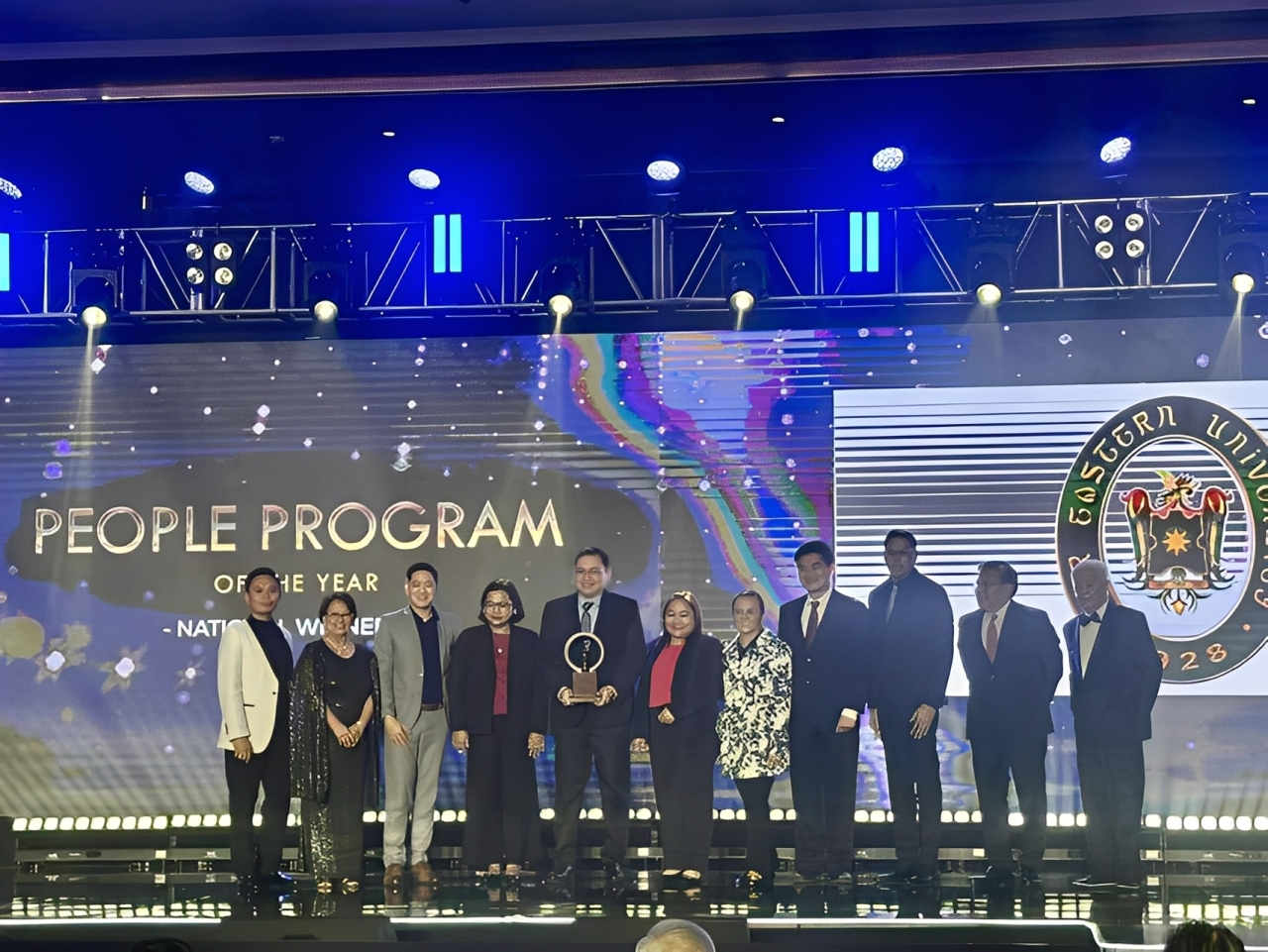Institute of Tourism and Hotel Management (ITHM) students now have a deep understanding of the scientific and technical aspects behind crafting the perfect croissant.
Before “Butter, Fold, Repeat: The Science of Croissant Making” under the ITHM’s Horizon Lecture Series started, Chefs Edward Mateo and Omar Barakat performed a kitchen test to prepare the croissant dough—an essential step that required precise measurements, proper temperature control, and accurate proofing time. This ensured that the demonstration would reflect the professional standards expected in pastry production.
During the session, the chefs showcased the entire process of croissant making, from mixing the ingredients to laminating the dough. They emphasized the importance of using the right temperature, achieving the proper dough texture, and selecting the appropriate type of butter—noting that dry butter is preferred for better lamination and flakiness. The demonstration also featured the use of a proofer and a dough sheeter, highlighting how these tools contribute to consistency and efficiency in pastry preparation.
Mateo and Barakat engaged the participants by asking interactive questions and encouraging them to experience shaping the croissant dough firsthand. This hands-on activity allowed the students to apply the techniques they had just learned, deepening their appreciation for the precision and artistry involved in baking.

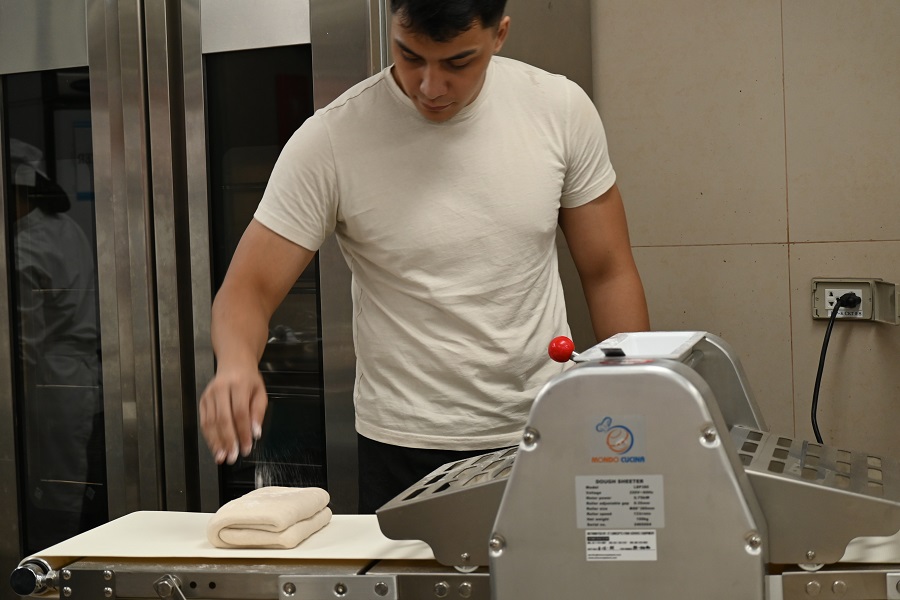
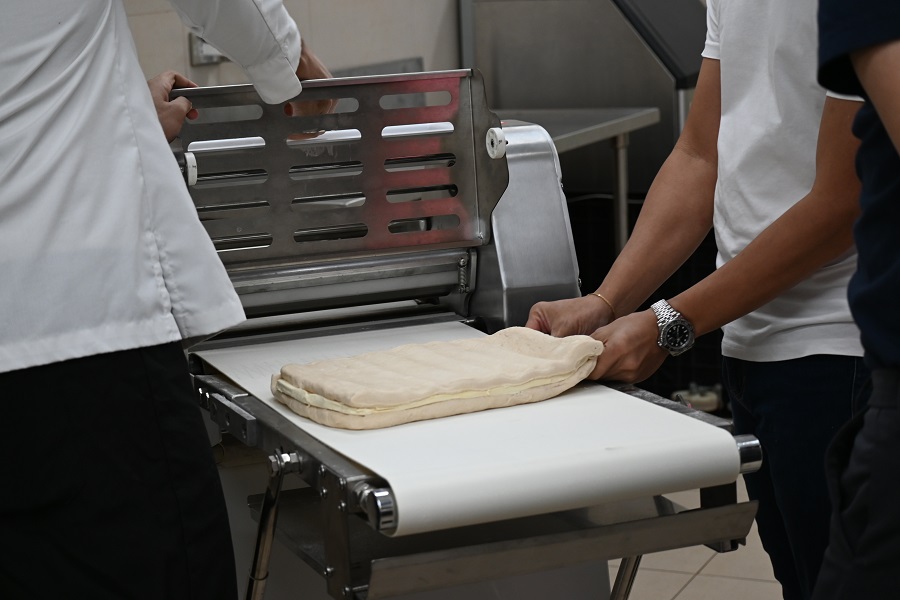

“Consistency over attitude over skills,” the chefs stressed.
The afternoon of Nov. 6 was worthwhile, said students of ITHM Associate Dean Chef John Lester Tuason and his teaching assistant Daniela Carpio, as well as some volunteers.
Institute of Tourism and Hotel Management (ITHM) students now have a deep understanding of the scientific and technical aspects behind crafting the perfect croissant.
Before “Butter, Fold, Repeat: The Science of Croissant Making” under the ITHM’s Horizon Lecture Series started, Chefs Edward Mateo and Omar Barakat performed a kitchen test to prepare the croissant dough—an essential step that required precise measurements, proper temperature control, and accurate proofing time. This ensured that the demonstration would reflect the professional standards expected in pastry production.
During the session, the chefs showcased the entire process of croissant making, from mixing the ingredients to laminating the dough. They emphasized the importance of using the right temperature, achieving the proper dough texture, and selecting the appropriate type of butter—noting that dry butter is preferred for better lamination and flakiness. The demonstration also featured the use of a proofer and a dough sheeter, highlighting how these tools contribute to consistency and efficiency in pastry preparation.

Mateo and Barakat engaged the participants by asking interactive questions and encouraging them to experience shaping the croissant dough firsthand. This hands-on activity allowed the students to apply the techniques they had just learned, deepening their appreciation for the precision and artistry involved in baking.
“Consistency over attitude over skills,” the chefs stressed.
The afternoon of Nov. 6 was worthwhile, said students of ITHM Associate Dean Chef John Lester Tuason and his teaching assistant Daniela Carpio, as well as some volunteers.
